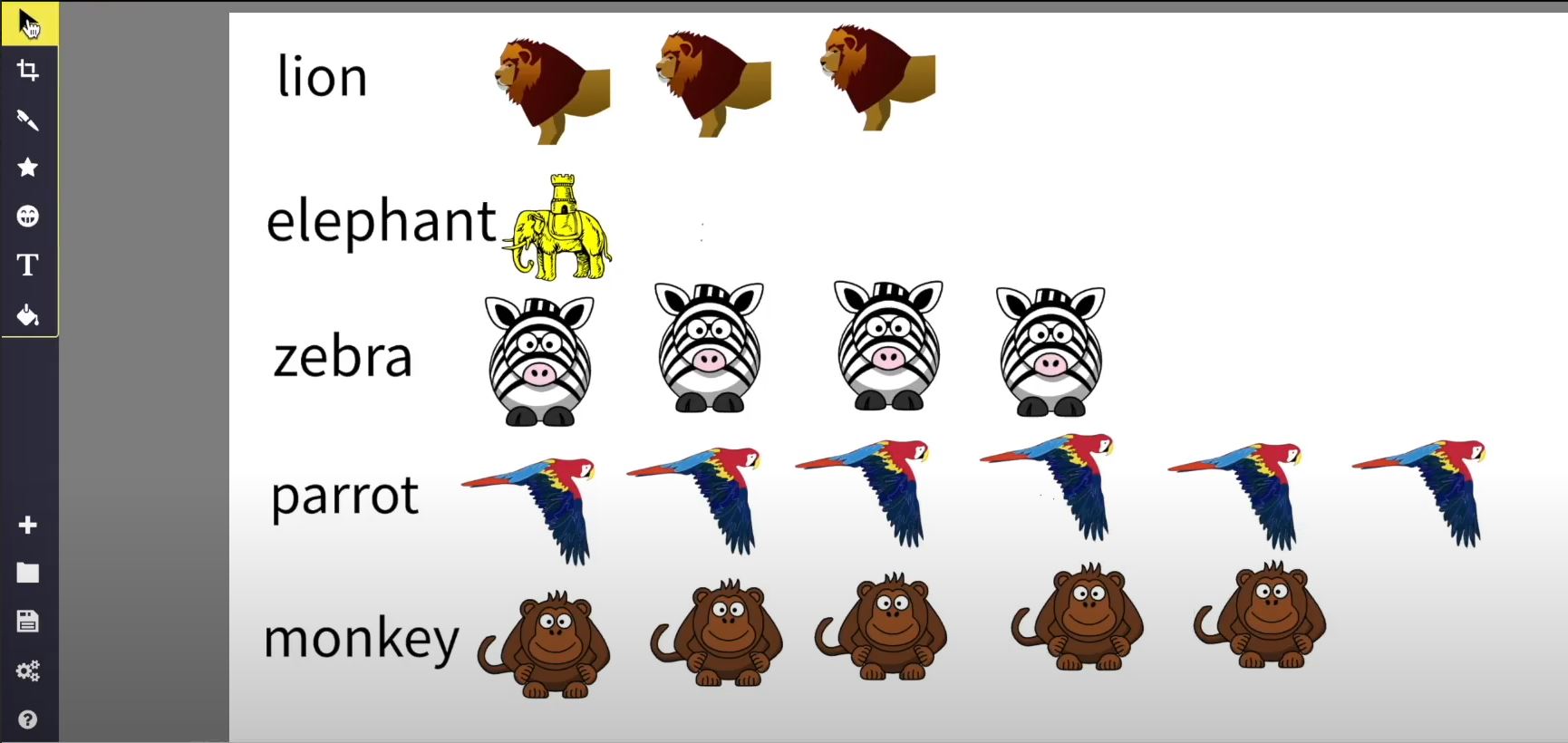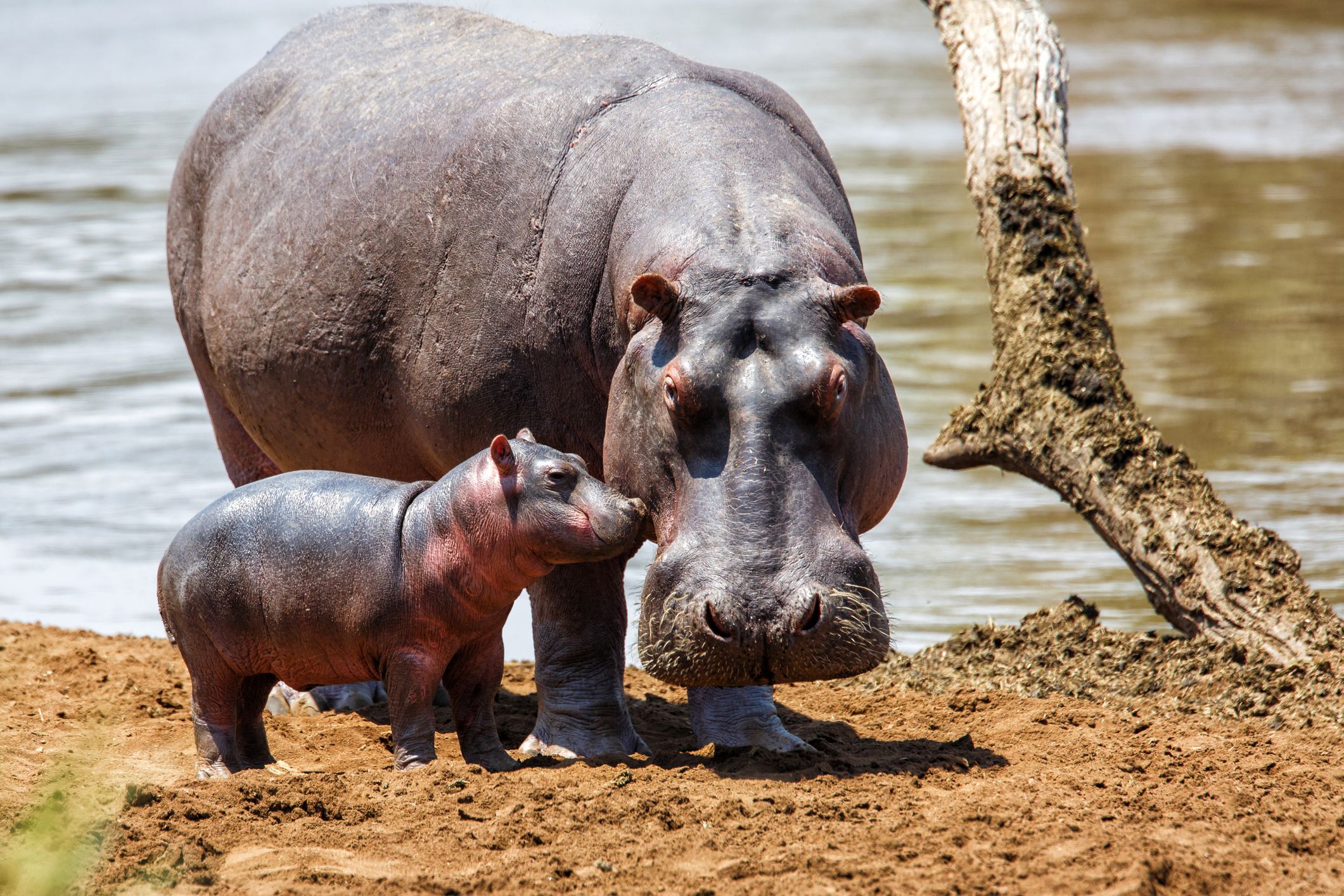Learning objective
- To sort data into a branching database.
Success criteria
- I can identify and group different animals.
- I can
This content is for subscribers only. Join for access today.
National curriculum
Computing
Pupils should be taught to:
- Use
This content is for subscribers only. Join for access today.
Cross-curricular links
Science
Animals, including humans
Pupils should be
This content is for subscribers only. Join for access today.
Before the lesson
This content is for subscribers only. Join for access today.
Lesson plan
Recap and recall
Display the Presentation: Range of answers and allow time for paired discussion.
This content is for subscribers only. Join for access today.
Extended-mode explainer videos
How to extend your display to view the lesson page and preseantion mode simultaneously. Choose your operating system below to watch the video
If you need further support with extending your display,
please contact [email protected].
Extended-mode explainer video: For Mac
Extended-mode explainer video: For Windows
Adaptive teaching
Pupils needing extra support
Could use only four animals in their branching database; could use peer group partners for support.
Pupils working at greater depth
Should be encouraged to sort the data in the most efficient way possible with a minimum amount of guidance.
This content is for subscribers only. Join for access today.
Assessing progress and understanding
Pupils with secure understanding indicated by: organising and assembling a branching database.
Pupils working
This content is for subscribers only. Join for access today.
Vocabulary definitions
-
branching database
Using a series of yes or no questions to categorise data or objects.
-
categorise
Put into groups that have similar or the same properties.
This content is for subscribers only. Join for access today.
In this unit
Assessment - Computing Y1: Introduction to data
Lesson 1: Zoo data
Lesson 2: Picture data
Lesson 3: Minibeast hunt
Lesson 4: Animal branching databases
Lesson 5: Inventions





